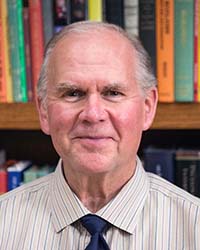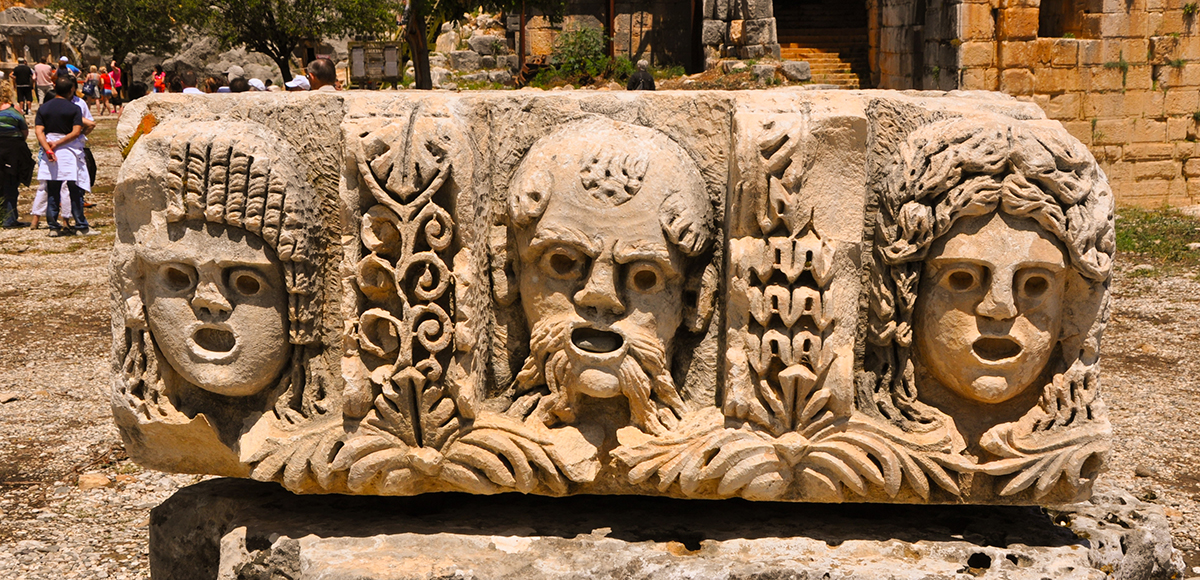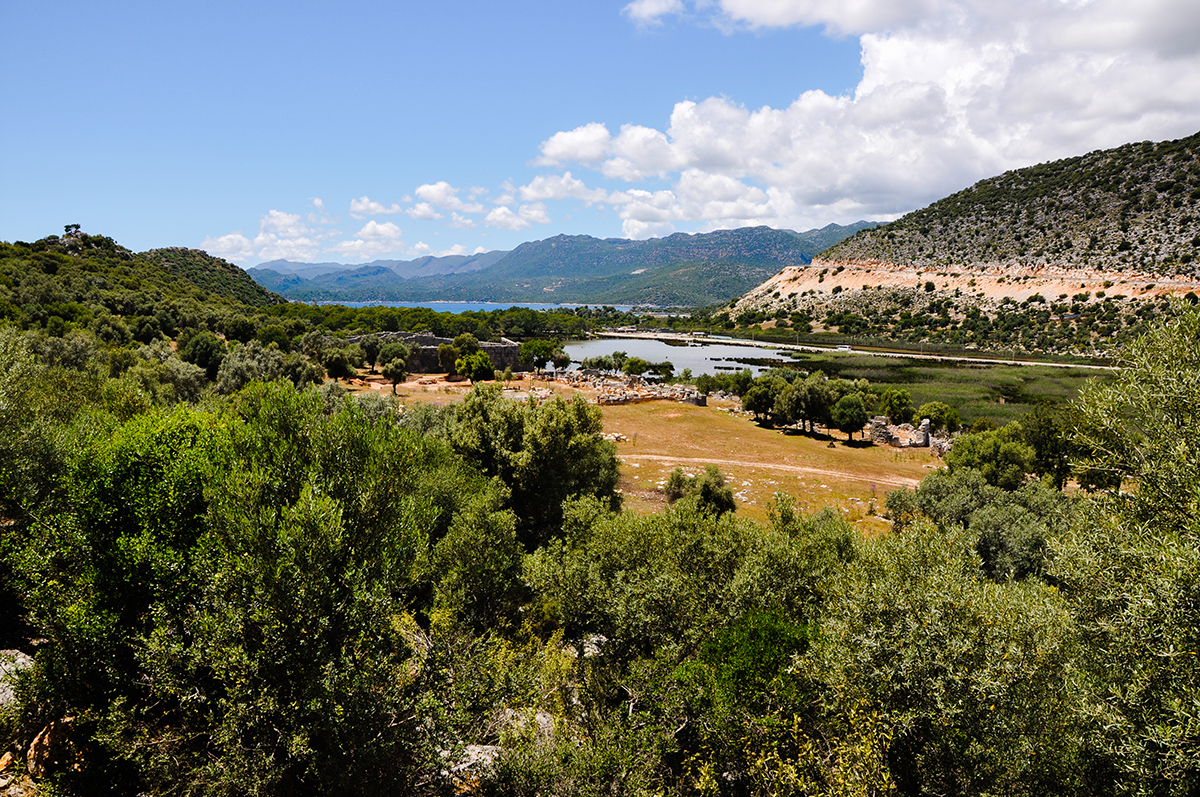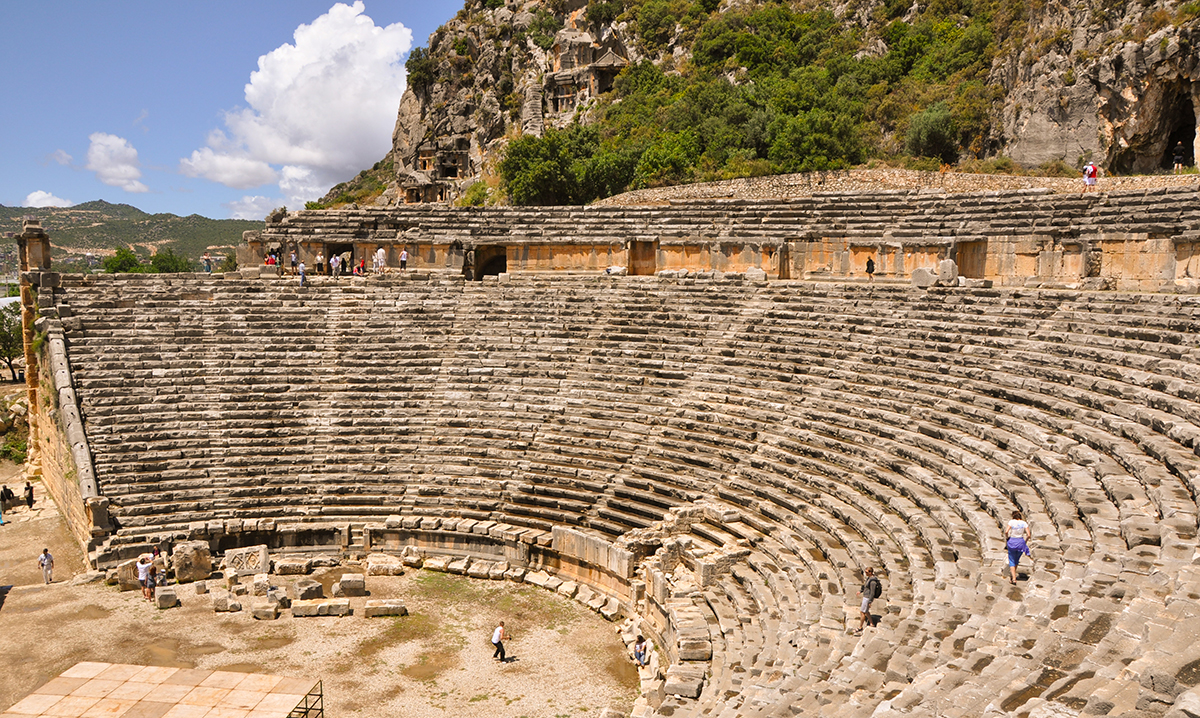

by Leon Mauldin
Synopsis: Leon offers background information on Myra, a port city in southwestern Asia Minor. Paul and his military escort briefly stopped here to change ships as they journeyed to Rome where the apostle would stand trial.
Luke, the inspired historian, narrates Paul's journey from Caesarea to Rome in Acts 27-28. Paul was traveling as a prisoner under the guard of "Julius, a centurion of the Augustan Regiment" (27:1). Two years earlier, when Paul was arrested in Jerusalem, "The Lord stood at his side and said, 'Take courage; for as you have solemnly witnessed to My cause at Jerusalem, so you must witness at Rome also'" (Acts 23:11; cf. 27:27).
Sailing from Caesarea on an Adramyttium (today in western Turkey) ship, they sailed as far as Myra (southern coast of Turkey), where the prisoners/passengers changed ships. Luke writes, "We came to Myra, a city of Lycia. There the centurion found an Alexandrian ship sailing to Italy, and he put us on board" (Acts 27:5-6).
Myra was a city in the Lycian region of Anatolia, along the Mediterranean coast approximately eighty-five miles southeast of modern Antalya. The ruins of ancient Myra lie about a mile north of [modern] Demre (or Kale)… The ancient city was considered a port city, even though it was about three and a half miles from the coast. Its port was actually Andriace, but the name Myra often included the city proper and its port at Andriace.At one time one of the most important cities in Lycia, Myra almost has passed into obscurity (Fant, Kindle Location 5357-5362.).
Note our photo of the Andriace harbor, which has silted in and is now overgrown and marshy. This is the port where Paul and other passengers changed ships. At the left center of the photo, you see the granary built by Emperor Hadrian—constructed with eight long rooms and measuring 213 by 105 feet. At the time of our biblical text, Andriace was an vital harbor which served the ships transporting grain from Egypt to Rome.
Though Myra is only briefly mentioned in the text,The city rose to importance under the Empire, and became the capital of Lycia under the Byzantine Empire and in the ecclesiastical organization. The reason for its growth lay in the development of navigation. In the older system of sailing by hugging the coast from point to point, Myra was merely one out of many coast towns, and had nothing to give it special importance. But as the bolder method became common of running direct between the Lycian and the Egyptian coasts, keeping off Cape Akamas, the western point of Cyprus, the two harbors that were found most convenient were Myra at the north end of the course and Alexandria at the south. There had been an immense development of trade between the East Aegean coasts and Egypt under the Ptolemies (compare Paton-Hicks,Inscriptions of Cos, xxxiii): under the Roman rule Egyptian export trade was diverted towards Italy and Rome (which was to a considerable extent fed on Egyptian grain) (Ramsay, 464).
Some interesting and well-preserved remains are found at Myra. The English traveler, Sir Charles Fellows, who visited Lycia in 1838, wrote that Myra's "ruins appear to be little injured by age" (Biblical Archaeology Society). Note our photo of the Roman theater, which had thirty-five rows of seats, with a capacity for about 10,000 spectators. We've also included a carving from the theater, which depicts the faces/masks of actors. Also, we've included a photo of Myra's impressive rock-cut tombs, which date to the 5th-4th centuries BC. These are Lycian house-type tombs. The entrance resembles the façade of a house. Some resemble temples.
A strictly "by the way" point—perhaps Myra's most famous resident was bishop "St. Nicholas," the historical person (4th century AD) behind the legend of Santa Claus.
It is hoped that these thoughts and photos will make the brief biblical reference to Myra more meaningful.
Fant, Clyde E. and Mitchell G. Reddish.A Guide to Biblical Sites in Greece and Turkey. Oxford University Press, 2003.
"Myra, Turkey: St. Nicholas's Christian Capital."Biblical Archaeology Society. January 26, 2017. https://www.biblicalarchaeology.org/daily/biblical-sites-places/biblical-archaeology-sites/exposing-st-nicholas-christian-capital/.
Ramsay, William M., "Myra," inA Dictionary of the Bible: Dealing with Its Language, Literature, and Contents Including the Biblical Theology. ed. James Hastings, et al. Vol. 3. New York; Edinburgh: Charles Scribner's Sons; T. & T. Clark, 1911-1912.
Author Bio: Leon has worked with the Hanceville Church of Christ in Hanceville, AL for twenty-nine years. He and his wife, Linda, have three children and eight grandchildren. His websites are leonmauldin.blog and mauldinbiblelandtours.com. He can be reached at leon.mauldin@gmail.com.

Image 1: Myra Carvings

Image 2: Andriace Harbor

Image 3: Myra Theater
